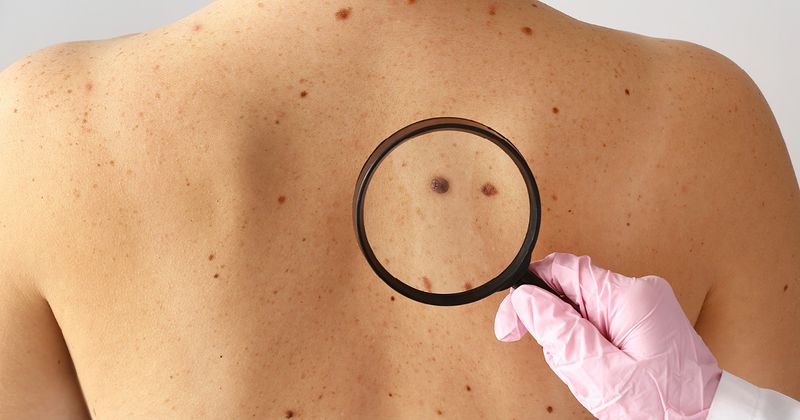COVID-19 pandemic led to delayed melanoma diagnoses, more advanced tumors
Click Here to Manage Email Alerts
Key takeaways:
- Fewer patients were diagnosed with melanoma in 2020 compared with all previous years from 2012 to 2019.
- Melanomas diagnosed in 2020 were more likely to be thicker, more ulcerated and more advanced tumors.
Patients diagnosed with melanoma during the COVID-19 pandemic in 2020 faced a higher likelihood of having thicker, more advanced and more ulcerated tumors, although the impact on survival is still unknown, according to a study.
“Early in the pandemic, specialty clinics significantly reduced face-to-face visits leading to a reduction in cutaneous malignancy diagnoses,” David D. Xiong, MD, and Jeremy Bordeaux, MD, MPH, of the department of dermatology at University Hospitals Cleveland Medical Center and Case Western Reserve University School of Medicine, wrote. “Although reasonable delays in cutaneous malignancy diagnoses are considered by the medical community to have marginal effects on quality of life and survival, delays in the treatment of melanoma are associated with worse overall survival (OS) and melanoma-specific survival (MSS).”

In this nationwide, retrospective, population-based cohort study, Xiong and Bordeaux investigated the pandemic’s effect on melanoma presentation, treatment and survival.
Data from the National Cancer Institute’s Surveillance, Epidemiology and End-Results 17 (SEER-17) database were extracted for the study and included 60,018 melanomas from 2018 to 2020.
In 2020, 17,984 patients were diagnosed with melanoma in the SEER database, which was the lowest number since 2012, when 17,630 patients were diagnosed.
Tumor stage and Breslow thickness were evaluated, as well as ulceration and survival data, and a stepwise multivariable logistic regression model of various factors was created.
Those diagnosed in 2020 tended to be aged 65 years or older, live in wealthier areas and have higher household incomes compared with those diagnosed in 2018 or 2019.
Additionally, they presented with deeper melanomas, more ulcerations and more advanced stages.
The patients were more likely to receive no or unknown treatment or Mohs surgery and less likely to receive a lymph node dissection as well.
Mean follow-up times were significantly faster in 2020 at 10.72 months compared with 21.99 and 32.79 months in 2019 and 2018, respectively.
“This is unexpected as we anticipated that patients diagnosed during the pandemic would either have no delays or increased treatment delays,” the authors wrote. “While the cause is unclear, patients who presented during the pandemic had more advanced disease which could have increased the urgency of their treatment.”
Limited follow-up times led to an inability to determine if overall or melanoma-specific survival was affected by the pandemic.
“It remains to be seen how the increase in melanoma severity will [affect] OS and MSS going forward, as our current study could not definitely determine any impact on survival at this point in time,” the authors wrote. “More research is necessary to determine how the COVID-19 pandemic will continue to affect future melanoma outcomes.”

